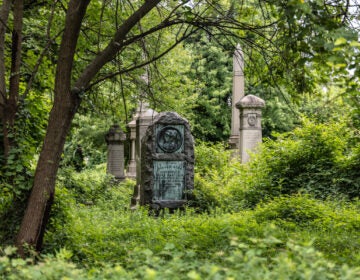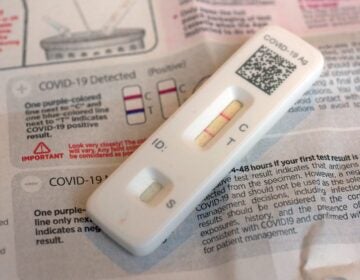Digital billboard plan hits snag in Philadelphia Planning Commission
A plan to bring more digital billboards to Center City Philadelphia hit a speed bump on Tuesday when it failed to win the approval of the City Planning Commission.
But it’s city council that will have the final say, with hearings on the plan set to start next week.
The digital sign plan, contained in a bill sponsored by Councilman Mark Squilla, would create several special downtown districts where the brightly lit, animated signs would be allowed. Possible locations for signs include the Pennsylvania Convention Center, the Avenue of the Arts, and Reading Terminal Market.
Attorney Carl Primavera, a supporter of the plan, says the ads on the signs could bring the city more than $100,000 a year in revenue, which could be routed to various nonprofits, arts organizations and downtown stakeholders.
“It’s not a lot of money for the city, which has a billion-dollar budget,” Primavera said. “But this kind of funding stream could help with banners for universities, promotions for the Flower Show — it’s a nice source of income.”
Despite the support of planning commission staff, which helped revise Squilla’s bill into its current form, the commissioners voted 6-2 against it.
That recommendation carries no formal weight, and passing or rejecting the plan remains in city council’s hands.
When hearings on the plan start next week, one opponent will be Mary Tracy of the nonprofit Scenic Philadelphia (formerly SCRUB). She calls digital signs “monstrosities” that don’t belong in Center City.
“What is a nuisance? What is your right as a citizen? Should light be in your living room?” Tracy asked rhetorically. “Lot of questions we should be asking here, before we just embrace this as being new and modern.”
Tracy believes the digital signs would violate a handful of city and federal laws, including the Highway Beautification Act.
But Primavera thinks digital signs — referred to in the plan as “Urban Experiential Displays” — are an idea whose time is coming.
“Things change, you have to bring people along with them,” he said. “My suspicion is that these displays, which today are novel, tomorrow will be considered part of the urban landscape. And then there will be something new for people to worry about.”
WHYY is your source for fact-based, in-depth journalism and information. As a nonprofit organization, we rely on financial support from readers like you. Please give today.




